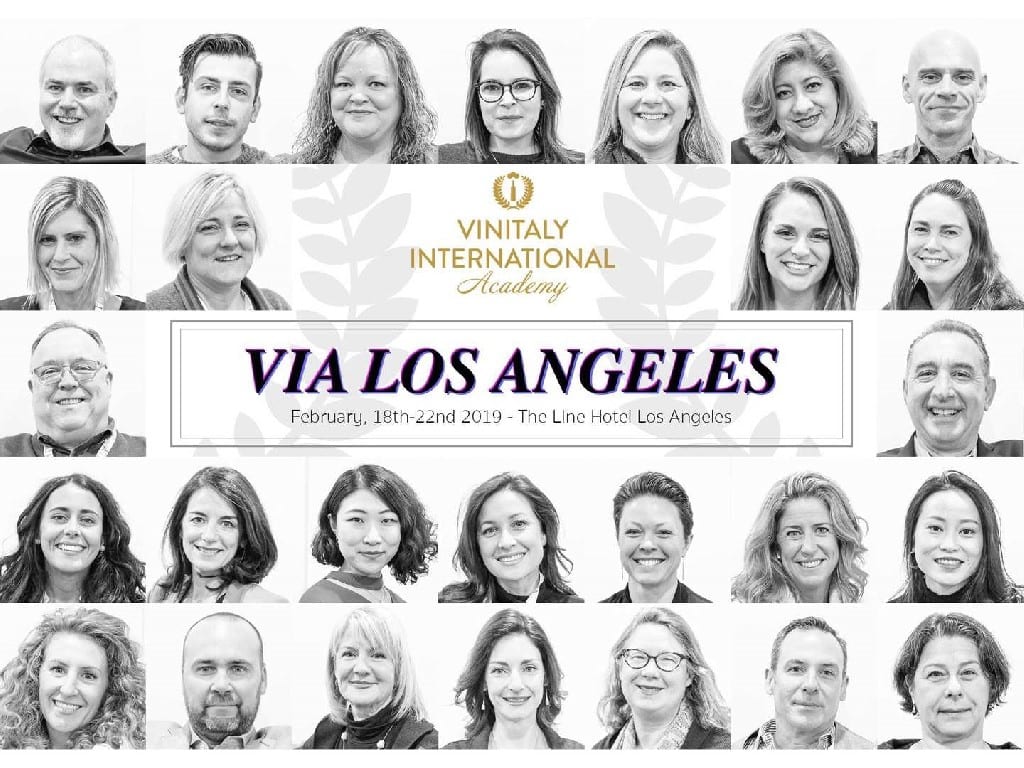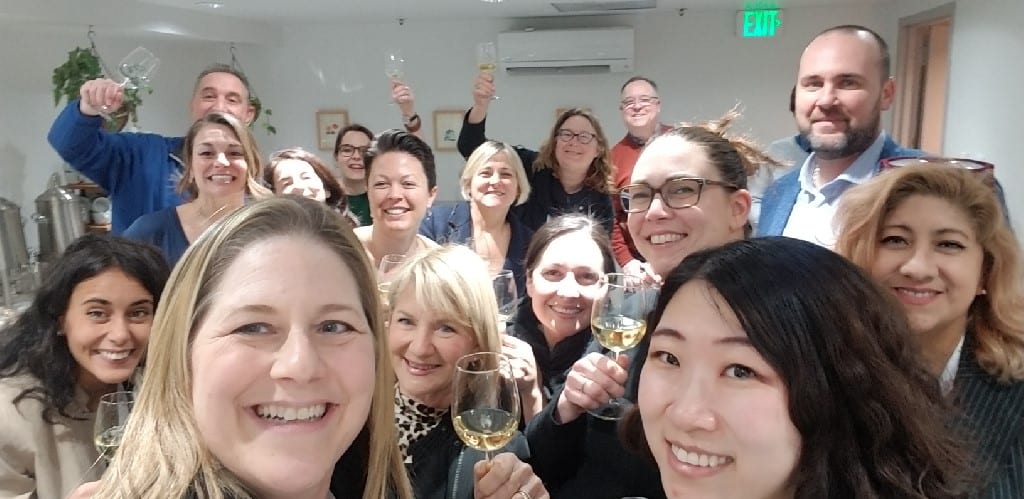
14 Mar Mastering Italian Wine, or Attempting to, with VinItaly International Academy
Studying wine is no task, especially when it comes to studying and really knowing Italian wine! I took a deep dive into Italian wine with Vinitaly International Academy and spent a full week learning about the history, grapes, wines and more. I have studied wine and specifically studied Italian wine in the past but this course proved so much more. To really master Italian wine, it is a life’s worth of study, not just a week of classes. But, taking this course was interesting, educational, inspiring and has me thinking about trying the course again if time permits. Want to know more about studying Italian wine and Vinitaly International, check out the story below that I wrote in the Napa Valley Register.
Studying wine is a lofty task. For the wine professional, or for the passionate wine enthusiast, there are the most well-known certifications through The Wine and Spirits Education Trust (WSET) and The Court of Master Sommeliers.
There are also the Society of Wine Educators certifications. Each of these programs provide an in-depth study of wine from around the world. And, while Italian wine is a part of each of these programs, the reality is that none of them take a deep dive into the world of Italian wine. And, that is a world unto itself.
Italy is a country made up of 20 regions and 110 provinces. When it comes to wine in Italy, it is about regionality. Each region, even each province, produces wine. Biodiversity is Italy’s greatest asset and one of its biggest challenges.
Most wine courses focus on a handful of key wine varieties, which is fine for other countries. When we talk about winemaking in the United States, 90 percent of the wine comes from nine grape varieties. When we talk about winemaking in France, 90 percent of the wine is produced from 15 grape varieties. But, when we talk about winemaking in Italy, 90 percent of the wine is from 30 different grape varieties. And that is just the beginning.
In 2012, Jancis Robinson published “Wine Grapes,” which was a comprehensive list of all 1,368 vine varieties that were currently making wine in commercial circulation. As of May 2018, in Italy there are 517 varieties listed in the national registry of grape varieties. This means that 28 percent to 35 percent of the world’s grapes are Italian and 15 of the top 20 most planted grapes are native to Italy, with Sangiovese, Montepulciano, Glera (Prosecco) and Pinot Gris at the top of the list before Merlot!
To delve into Italian wine to its fullest, Vinitaly International Academy (VIA) was created in 2014 with the goal to be the gold standard of Italian wine education. In 2015, the VIA Wine Certificate Course was launched. This course is a five-day intensive training that covered every region of Italy, the history, the soils, the grapes, the wines and even touches upon the food of each region. And, this past week, I attended this intensive training, taught by Sarah Heller MW and Henry Davar.
Based in Hong Kong, Sarah Heller is a graduate of Yale University, a Society of Wine Educators Certified Specialist of Wine and Spirits and, as of 2017, a Master of Wine. In 2014, Sarah took the Vinitaly International Academy course and earned her title of Certified Italian Wine Ambassador.
Henry Davar is based in Las Vegas where he works for Breakthru Beverage. Previously, Henry worked for Del Posto in New York and Las Vegas and holds certifications from the Court of Master Sommeliers and the Wine & Spirits Education Trust. In April 2017, Henry took the Vinitaly International Academy course and passed at the highest level, earning him the title of Italian Wine Expert.
Together, their knowledge, passion and ability to communicate the information made for an exceptionally informative week.
The most recent VIA Wine Certificate Course took place at The Line Hotel in Los Angeles. On Day 1, we started with the grape Nebbiolo and then covered the regions of Piedmont, Lombardy, Liguria and Val d’Aosta.
On Day 2, we started with the sparkling wines of Italy (Prosecco, Moscato, Franciacorta, Otrepo Pavese, Trento DOC, and Alta Langhe) and then covered the regions of Emilia-Romagna, Friuli-Venezia Giulia, Trentino Alto Adige and Veneto.
On Day 3, we started with the grape Sangiovese and then covered the regions of Tuscany, Lazio, Umbria, Marche, Abruzzo and Molise.
On Day 4, we covered Campania, Basilicata, Puglia, Calabria, Sicily and Sardenga. That was 20 regions covered, in depth, in only four days!
Committing a full week of one’s life to the course is a challenge and this program took up almost every minute of the week. The five-day training started at 8:30 a.m. every day. After we covered the grapes and the regions, we would taste wines and finish by 6 p.m.
As part of the program, we had to also break up into groups of four and create a video. The topic was to argue the merits of sub-zoning in Brunello while considering the history, soil differences, climate difference and topography.
And, then there was finding time to study. In addition to our notes, our other resources were Italian wine unplugged grape by grape by Stevie Kim and Native Wine Grapes of Italy by Ian D’Agata.
The exam took place on Day 5 and comprised a blind tasting of two wines, two short-answer essays and 100 multiple-choice answers.
Passing the exam is not easy. To date, VIA has trained 170 wine ambassadors, of which 13 have also gained the highest level of certification, the Italian Wine Expert title. Of our group of 27, only seven people passed, and I was not one of the seven.
Regardless, it was a wonderful, albeit exhausting, education and experience. Our group was made up of people from Los Angeles, San Francisco, San Diego, Las Vegas, Chicago, New York, England, Italy and China. We are now part of a larger community, and I am inspired to continue studying Italian wine and attempting to take the exam again in the future.
Read the original story in the Napa Valley Register.
Discover more from Please The Palate
Subscribe to get the latest posts sent to your email.






